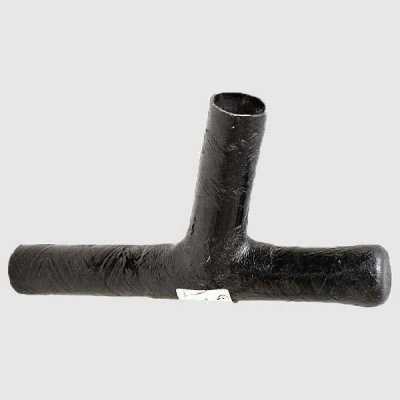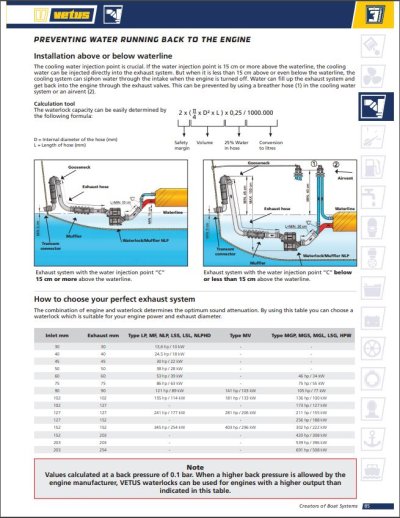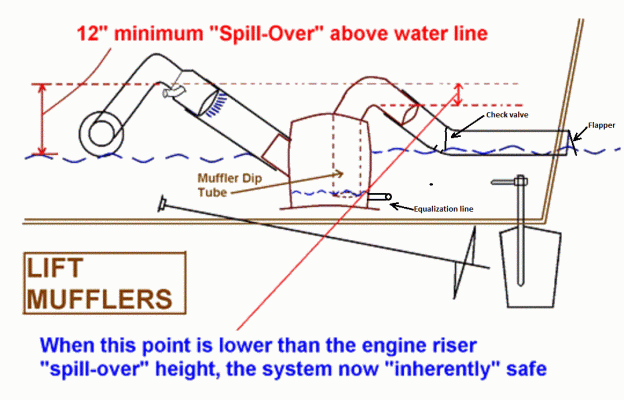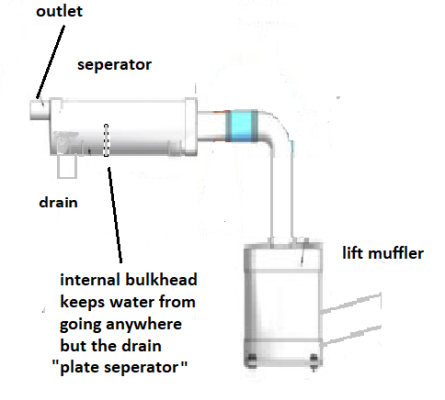Southern Boater
Senior Member
What are the forum’s thoughts regarding wet exhaust systems external flappers on the tail pipes?
The recent discussion about repowering the Manatee after waves were driven up the exhaust pipe, as well as some local instances of a similar situation resulting in hydraulic locked engines, has me considering adding them to my own exhaust pipes.
What are your thoughts/advice, recommendations for a better quality product etc?
TIA.
The recent discussion about repowering the Manatee after waves were driven up the exhaust pipe, as well as some local instances of a similar situation resulting in hydraulic locked engines, has me considering adding them to my own exhaust pipes.
What are your thoughts/advice, recommendations for a better quality product etc?
TIA.





